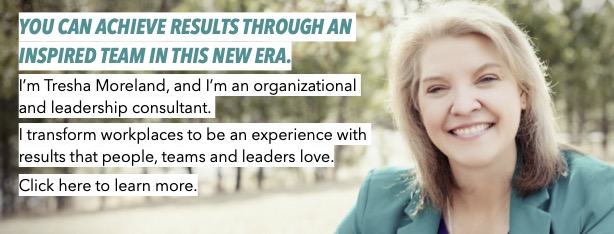“Quiet quitting” is a new term has surfaced keeping leaders up at night. Many are curious if this is a new issue or a potential phase two of the “great resignation.” The great resignation of millions leaving their jobs for a variety of reasons was frustrating enough, let alone the thought of a “phase two” of that crisis. Before losing one more hour of sleep it is helpful to better understand the phenomenon to develop an effective workplace strategy.
What is quiet quitting?
Quiet quitting is an employee’s behavioral action of doing the bare minimum of a job. The signs of quiet quitting include a decrease in productivity, quality of work, and withdrawal from team activities. It may also include an increase in absenteeism. Taking longer work breaks, turning down additional responsibility or new projects. In a sense, it means that people while physically present have mentally “checked out.”
How is that different from presenteeism?
According to Investopedia presenteeism refers to the lost productivity when employees are not fully functioning in the workplace because of illness, injury, or other condition. In essence, it means people coming to work feeling unwell. This also leads to loss in productivity, withdrawal of team activities, and turning down additional responsibilities.
What’s our verdict on the difference between quiet quitting and presenteeism?
When comparing definitions there is only a slight difference that include burnout or physical illness driven. What changed? Time. A pandemic, long term crises, and increased burnout is what has changed. Any workforce related term that is introduced doesn’t matter when you have a culture that genuinely cares about people.
Here are key questions to consider, when evaluating your workplace culture health:
- Do you allow on-site employees to stay home when sick?
- What do you do for employees who are burned out?
- Do your leaders take the time to get to know their team members?
- Do you have indicators in place to alert you when there is a problem?
- How do you allow employees to speak up?
When navigating this new territory, we are confident that savvy leaders will rise above their own exhaustion, monitor their culture, and act as needed.
Where are you in this new journey?

Latest posts by Tresha Moreland (see all)
- Quiet Quitting v Presenteeism: Is There a Difference? - May 30, 2024
- Understanding Quiet Vacationing in a Remote Work World - May 28, 2024
- A Memorial Day Tribute - May 27, 2024












